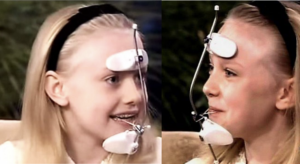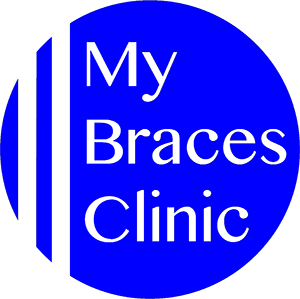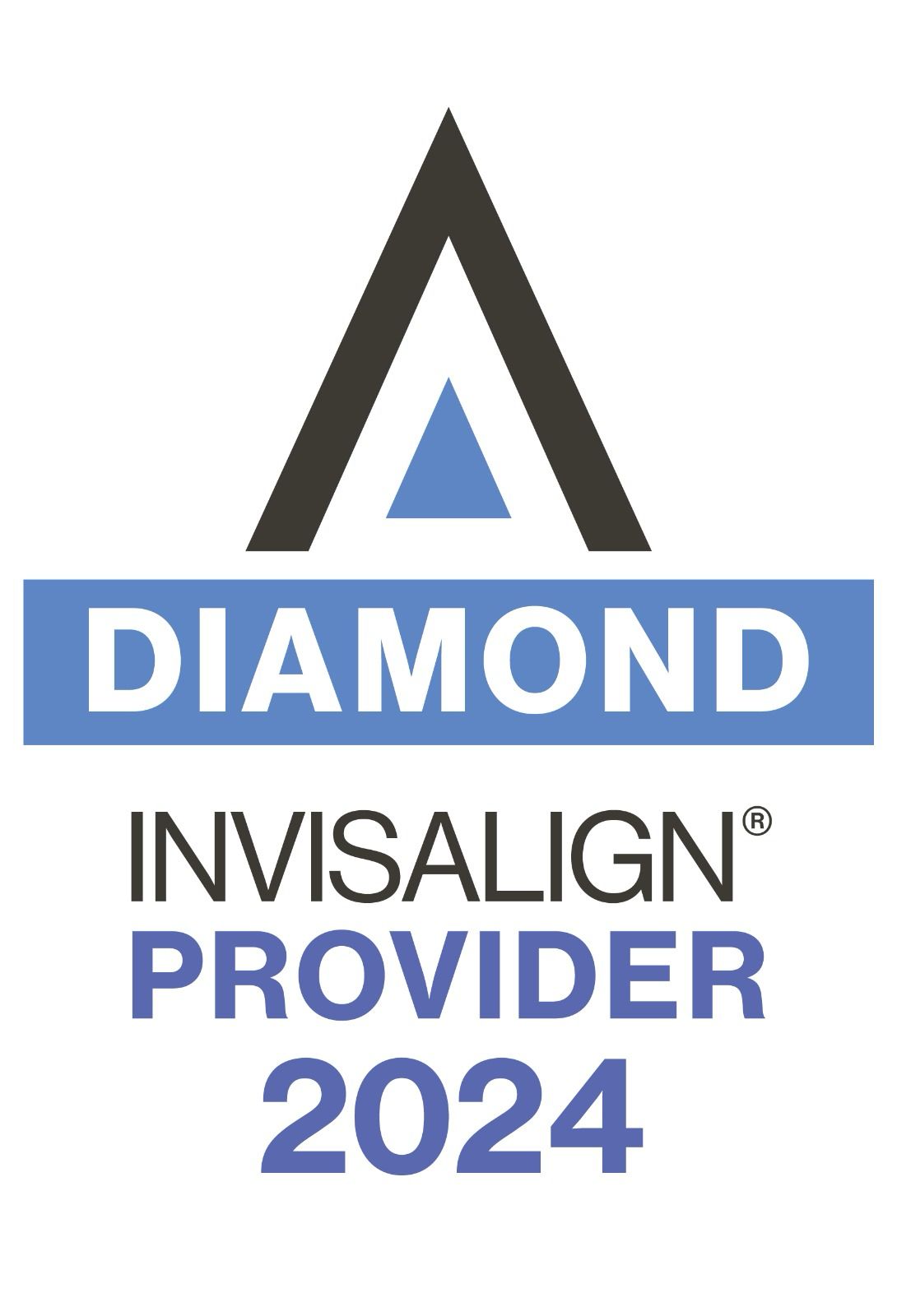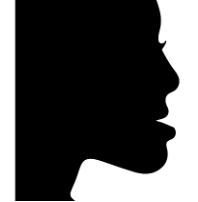Expansion Devices:
Rapid maxillary expansion (RME) appliances are used in conjunction with midface protraction. Expansion helps to loosen the circum-maxillary sutures to increase the efficiency and effectiveness of protraction. Expansion also widens the maxilla to correct narrow upper arch and improves the airway. There are 2 ways of anchoring expansion appliances: (1) tooth-borne, (2) bone-borne.
Tooth-borne expansion appliances require firm and stable teeth to hold onto the appliances so that expansion forces can be transferred to the surrounding bone. Therefore, the best age for tooth-borne expansion appliances is 7-10 years old. Beyond 10 years old, baby teeth starts to get shaky and the expansion plate starts to loosen. No surgery is required. There are 2 types of tooth-borne expansion appliances: Fixed Hyrax Palatal Expander or Removable Invisalign Palatal Expander System.

For bone-borne expansion plates, these are anchored to the roof of the patient’s mouth (hard palate) via miniscrews. This transfers the expansion forces directly to the bone and will require a surgical placement.
Orthopedic Appliances:
Reverse-pull headgear
This is also known as protraction facemask, is a common orthopedic appliance used in protraction treatment. Protraction facemasks rests on the forehead and chin and serves as an anchor to bring the midface foreward via strong elastics to the intraoral expansion splint. This applies a forward force to the maxilla, promoting its growth and advancement. Treatment of protraction facemask is best done at the ages of 7-10 years old. Check out actress Dakota Fanning (when she was a kid) proudly modeling her Protraction Facemask at a talk show!

MiniPlates
Orthopedic traction of the midface via Bone Anchored Maxillary Protraction (BAMP) uses surgically inserted miniplates to serve as anchor points instead of teeth.
Examples of BAMP miniplants include Hugo De Clerck Cl III miniplates and Mentoplate system,
Benefits of BAMP:
- Ability to treat older children with underbites from age 11
- Less visible, therefore higher compliance rate
- Direct force application to bone for increased efficiency
BAMP using miniplates is a technique-sensitive procedure and our Orthodontic Team works with a select group of specialist oral maxillofacial surgeons for this procedure.







